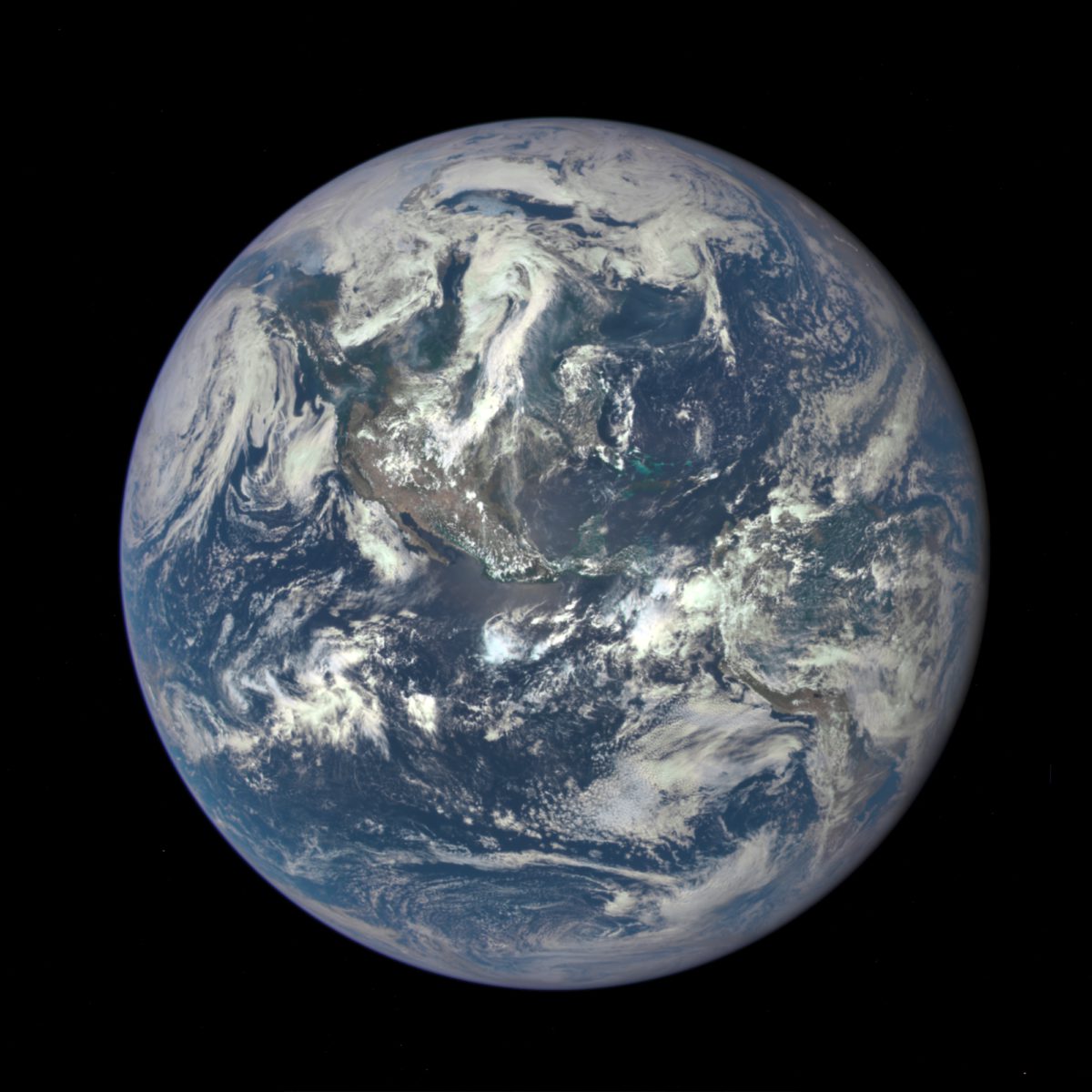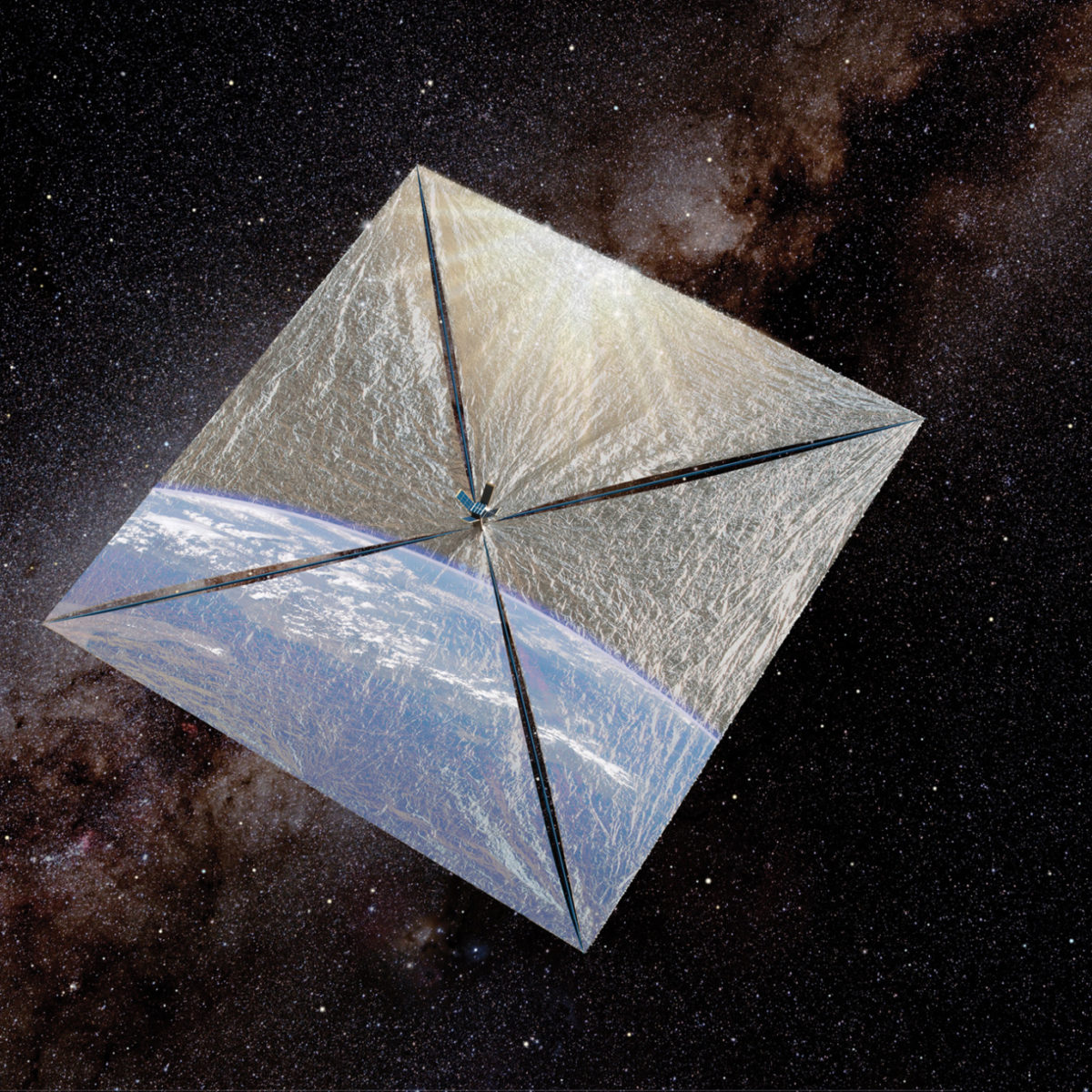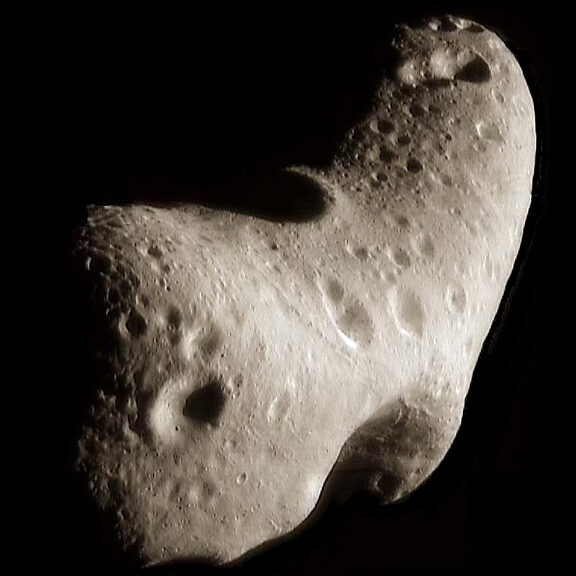Since 2002, Planetary Radio has visited with a scientist, engineer, project manager, advocate, or writer who provides a unique perspective on the quest for knowledge about our Solar System and beyond. The full show archive is available for free.
Search Planetary Radio
Planetary Radio returns to SOFIA, the Stratospheric Observatory for Infrared Astronomy, but this time we fly in the giant 747 turned telescope platform. It was a night to remember.
Come with us on a visit to the home of the prime meridian for a conversation with the curator of the Royal Observatory, Greenwich about the race to create a practical means for determining longitude.
We’ve already brought you Planetary Radio Live from the 2015 PDC near Rome, Italy. Now you’ll hear a small sampling of the scientists, engineers, policymakers and media experts who spent five days considering how humanity will respond to a potentially disastrous threat. Bruce Betts celebrates the great Jupiter-Venus conjunction in What’s Up. Bill Nye and Emily Lakdawalla return next week.
We return to the beautiful Aquarium of the Pacific in southern California for a fascinating conversation about ocean science. What we learn down here is furthering our research around the solar system. William Patzert, Jerry Schubel and Steven Vance join Mat Kaplan on stage. Emily Lakdawalla tells us what Curiosity, the Mars Science Laboratory rover, has been doing lately. Bruce Betts is keeping his eye on converging Jupiter and Venus.
The road to space has been a rocky one for most spacecraft, and LightSail is no different. Challenges remain even with the May 20th launch of a test mission approaching. Embedded LightSail reporter Jason Davis checks in with the latest news.
Planetary Radio Live was the only public event at the just-completed Planetary Defense Conference in Italy. Join us for excerpts from an all-star celebration of worldwide efforts to find, track, characterize and eventually deflect killer Near-Earth Objects.
Cornell grad student Jason Hofgartner reports on the discovery of what appears (and disappears!) to be an island on one of Titan’s frigid lakes.
Planetary Radio visited Spacefest in Pasadena to talk with planetary scientist and space artist Dan Durda, Marc Rayman of the Dawn asteroid mission, and a guy who calls himself the Space Cowboy. We also eavesdrop on Apollo 17 Commander Gene Cernan and his lifelong fan, Griffith Observatory Curator Laura Danly.
You may have heard that the sometimes deadly Salmonella bacterium becomes stronger in microgravity. Cheryl Nickerson tell us about this and other results her team has conducted in low Earth orbit.
It’s back to Alaska, this time to the Poker Flat Research Range, where former Director Neal Brown and his staff launched sounding rockets into the heart of the Aurora Borealis. Emily Lakdawalla explores newly-discovered and very distant dwarf planets, and Bill Nye the Science guy has the latest on NASA’s planetary science budget.
Join Mat Kaplan and other Aurora “virgins” as they seek the Northern Lights in Fairbanks, Alaska, and meet retired rocketeer and Director of the Poker Flat Research Range, Neal Brown
The annual fall meeting of the American Geophysical Union revealed lots of science, some of it astounding. Emily Lakdawalla was there with Advocacy and Outreach Coordinator Casey Dreier, whose news was not quite as good.
Two missions are coming together in a high bay clean room at the Jet Propulsion Laboratory. SMAP and ISS RapidScat went on display for a visit by NASA Administrator Charles Bolden. Mat Kaplan and Emily Lakdawalla provide special coverage.
The 44th Annual Meeting of the AAS Division of Planetary Sciences hosted hundreds of researchers and revealed volumes of scientific results. Join us at the conference.
JPL volcanologist Rosaly Lopes has discovered more volcanos than anyone else, including 71 on Jupiter’s moon Io. She is fascinated by these fiery (and sometimes frigid) features of our dynamic solar system, and shared her love at the recent SETIcon.


 Explore Worlds
Explore Worlds Find Life
Find Life Defend Earth
Defend Earth














